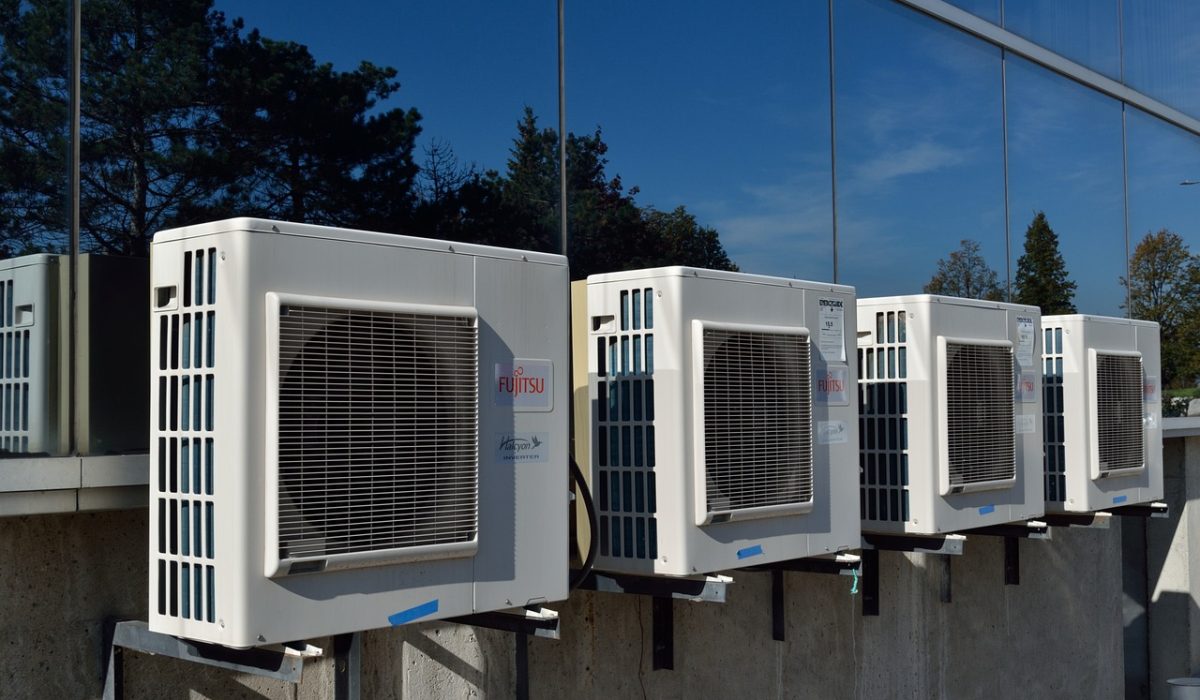Understanding Ducted Systems
Choosing the right air conditioning system can feel like a daunting task, given the range of options available. Two of the most popular choices are Ducted (Central) and Ductless (Split) systems. But which is the best fit for your space? Let’s dive in and compare.
Ducted systems, as the name suggests, rely on a network of ducts to distribute conditioned air throughout a building. At the heart of this system is a central unit, which cools or heats the air, then dispatches it through vents in various rooms, all controlled by a central thermostat.
Pros of Ducted Systems
Uniform Cooling: One of the hallmarks of a ducted system is its ability to maintain a consistent temperature across multiple rooms.
Aesthetic Appeal: With most equipment tucked away, only discreet vents are visible, preserving your room’s aesthetics.
Advanced Filtration: These systems often come with comprehensive air filters, ensuring cleaner air circulation.
Value Addition: Homes or businesses with central air conditioning often fetch a higher resale value.
Cons of Ducted Systems
Installation: Setting up a ducted system, especially in a building without existing ductwork, can be a major undertaking.
Cost: The initial investment for a central system can be substantial.
Maintenance: Over time, ducts can accumulate dust and contaminants, necessitating regular cleaning.
Understanding Ductless Systems
Ductless systems, or split systems, consist of an outdoor unit and one or more indoor units. These indoor units are installed in specific rooms or zones, and each typically comes with its own remote control for temperature adjustments.
Pros of Ductless Systems
Flexibility: Perfect for additions or spaces where ductwork is impractical. You can cool or heat specific zones based on preference.
Energy Efficiency: Without ducts, there’s less chance of energy loss, often resulting in lower monthly bills.
Easy Installation: Without the need for ducts, installation is often quicker and less invasive.
Zoned Cooling: Customize temperatures for each room or zone, catering to individual comfort preferences.
Cons of Ductless Systems
Aesthetic Concerns: The indoor units, though sleek, are visible, which might not be to everyone’s taste.
Limitations in Coverage: For expansive spaces or multi-story premises, multiple units may be required, potentially increasing costs.
Cost per Unit: While the initial cost for one unit might be lower than a ducted system, expanding to multiple rooms can add up.
Factors to Consider When Choosing
Building Structure: Do you have existing ductwork? If not, installing a ducted system might be more challenging.
Cooling Needs: Consider whether you need to condition the entire building or just specific areas.
Budget: Both initial setup and long-term operating costs are crucial.
Aesthetic Preferences: Determine how much the visibility of the units matters to you.
Conclusion
The decision between ducted and ductless isn’t black and white; it’s shaded by your specific needs, preferences, and infrastructure. Whether you prioritize uniform cooling, flexibility, aesthetics, or cost, there’s a solution tailored for you.
Seek Expert Guidance
Still on the fence? Let the experts at Cape Direct Connect guide you. With a deep understanding of both systems, we’ll help pinpoint the perfect fit for your space.
